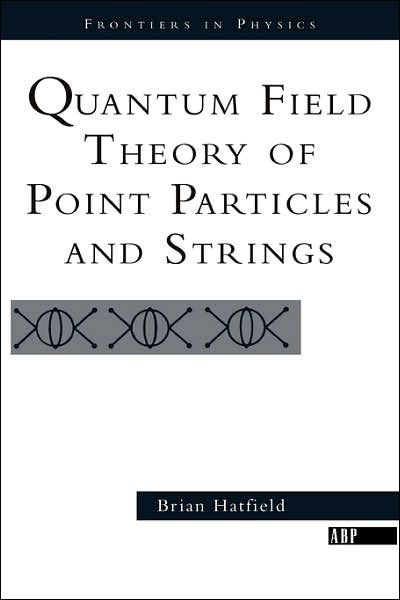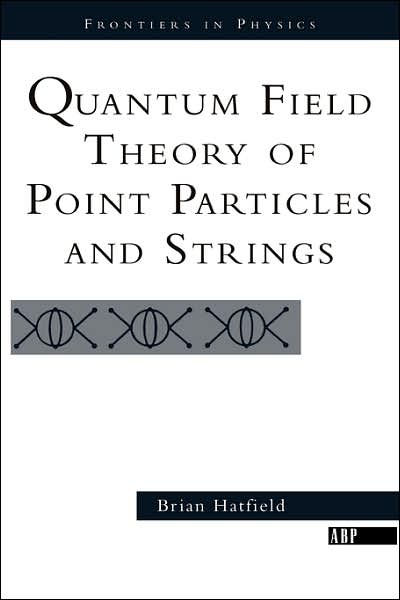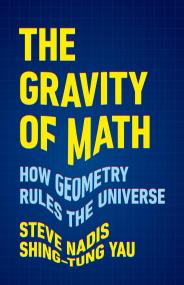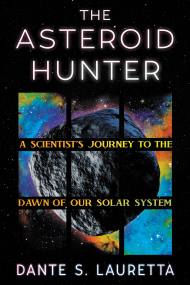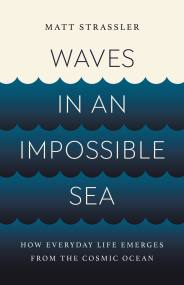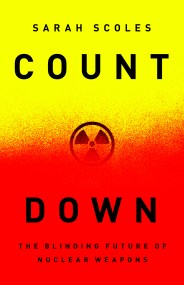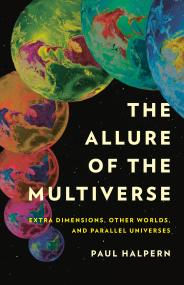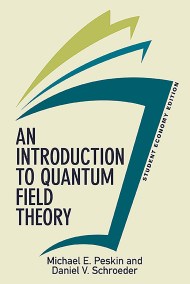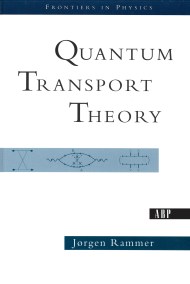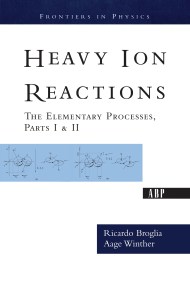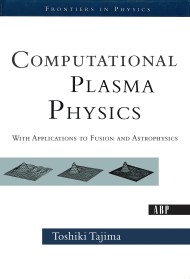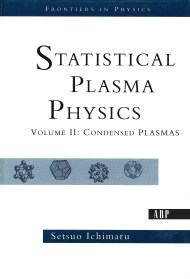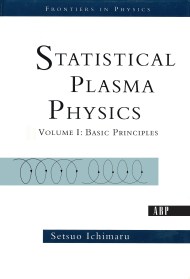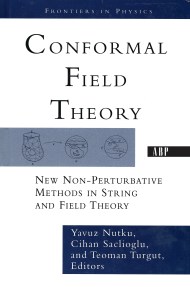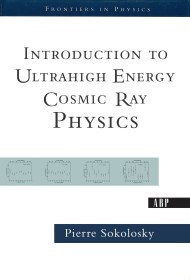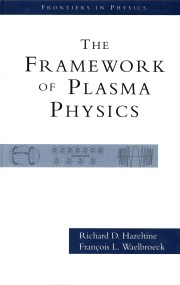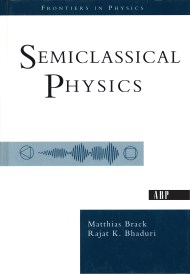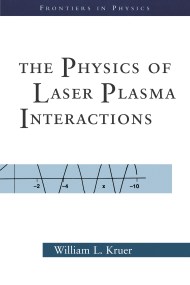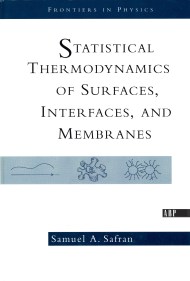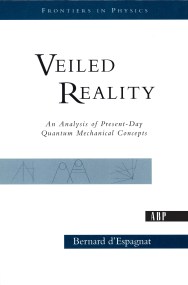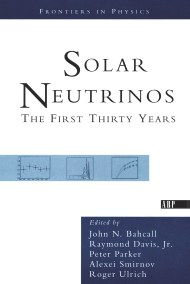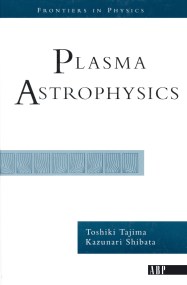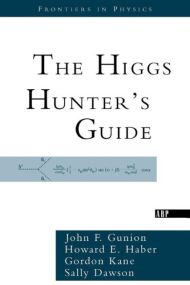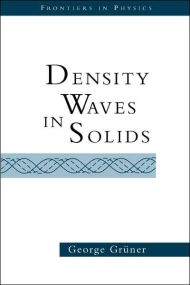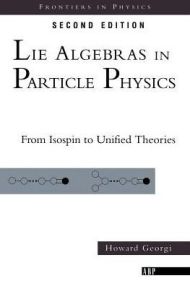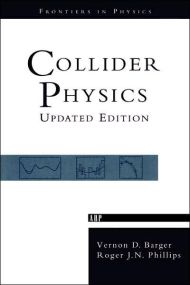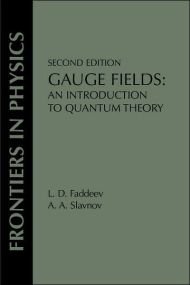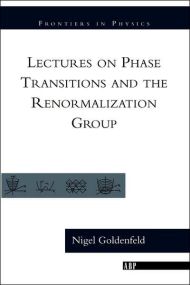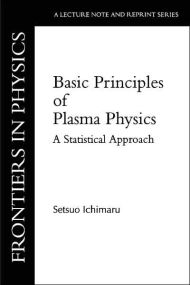Promotion
Use code MOM24 for 20% off site wide + free shipping over $45
Quantum Field Theory Of Point Particles And Strings
Contributors
Formats and Prices
Price
$80.00Format
Format:
- Trade Paperback $80.00
- ebook $54.99
This item is a preorder. Your payment method will be charged immediately, and the product is expected to ship on or around April 23, 1998. This date is subject to change due to shipping delays beyond our control.
Also available from:
The purpose of this book is to introduce string theory without assuming any background in quantum field theory. Part I of this book follows the development of quantum field theory for point particles, while Part II introduces strings. All of the tools and concepts that are needed to quantize strings are developed first for point particles. Thus, Part I presents the main framework of quantum field theory and provides for a coherent development of the generalization and application of quantum field theory for point particles to strings.Part II emphasizes the quantization of the bosonic string. The treatment is most detailed in the path integral representation where the object of interest, the partition function, is a sum over random surfaces. The relevant mathematics of Riemann surfaces is covered. Superstrings are briefly introduced, and the sum over genus 0 supersurfaces is computed.The emphasis of the book is calculational, and most computations are presented in step-by-step detail. The book is unique in that it develops all three representations of quantum field theory (operator, functional Schrödinger, and path integral) for point particles and strings. In many cases, identical results are worked out in each representation to emphasize the representation-independent structures of quantum field theory.
Genre:
- On Sale
- Apr 23, 1998
- Page Count
- 752 pages
- Publisher
- Avalon Publishing
- ISBN-13
- 9780201360790
Newsletter Signup
By clicking ‘Sign Up,’ I acknowledge that I have read and agree to Hachette Book Group’s Privacy Policy and Terms of Use
